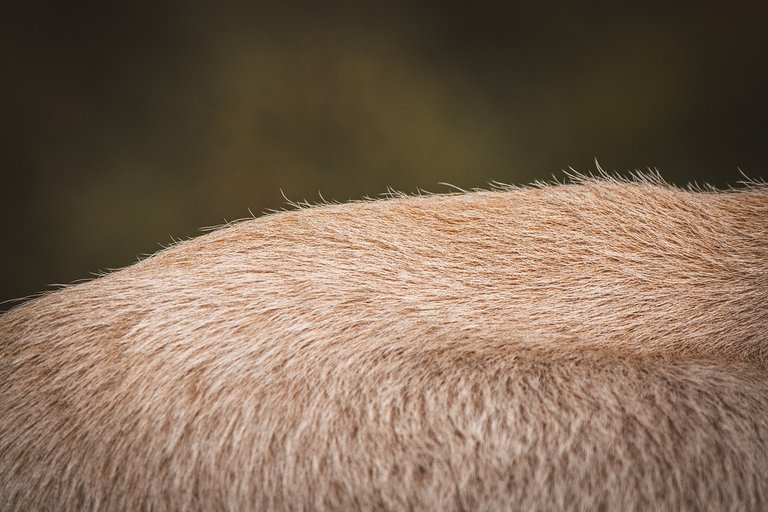Traditionally, leather has been considered more as a by-product of cattle raising than as the basic industrial input for the tannery, shoe-making and manufacturing chain in general. This industry has been and continues to be under increasing pressure from different fronts related to compliance with environmental regulations; by its very nature, it requires the use of large quantities of water and chemicals that can become major pollutants. From this perspective, Nava (2001) indicates that: The issue of leather is worth looking at from two angles: first, at the time, the price of leather was insignificant compared to that of beef, which is why it was not an important issue at the time of slaughter and even worse in the previous processes: cattle raising, transportation, marketing, it did not require greater care, since the treatment given to it would not imply greater or lesser income for its owners. Secondly, both for the cattle farmer and for the butcher, the leather did not represent any material directly usable for the purposes of their main activity; this leads to the assumption in most cases that the leather received an inadequate treatment with negative implications for those who must use it as an industrial input.

Source
It should be pointed out that the leather industry in Venezuela plays a preponderant role both for the employment it generates and for the satisfaction of basic needs it provides to the population. Footwear, clothing, bags, suitcases, belts, among others, with a product that due to its characteristics can never be replaced by other substitute materials, because they do not have it. The leather production chain begins with the raw material suppliers, the tanneries, the footwear sector, the accessory suppliers and the retail centers or marketing sector. Under this premise, Jordán (2011) states that tanneries are "high impact industries in economic, social and environmental aspects with the amount of products they mobilize, whose participation is 11% in the world leather market" (p. 18), the tanning industry as a consequence of its production process generates a set of solid, liquid and gaseous waste derived from the leather tanning process.
The figures indicate, that there is a national economic recession, in which the agricultural sector is one of those that has been able to respond to the problem to face the crisis; from this situation arises a profitable alternative that involves the process of bovine skins; the industrial processing of meats for transformation, trade and consumption in our country, constitutes one of the most exploited items by the diversity of by-products obtained from the process of slaughtering or transformation of meats, including among them the non-edible offal such as: hooves, horns, tuft of the tails, ears, skins, among others, which constitute 13.7% of the total weight of a live cattle and within these, the skin is exploited in 99.99%, which is a very valuable by-product since it brings great economic benefit for meat processing plants.

Source
Within this framework, a problem is perceived in relation to leather, since there is little knowledge and studies carried out on its importance and the great economic benefit that it provides, at the same time it is a by-product obtained from the slaughter of cattle that remains to the slaughterhouse from the slaughtering service. It is also a very important raw material for the leather tanning industry such as tanneries, since it has a great value for them, while for slaughterhouses it is a non-edible by-product that remains from the service.
On the other hand, the leather industrial complex has a long historical tradition in our country and is basically made up of five sectors: livestock production in the agricultural sphere, and within the manufacturing industry, meat packing plants, tanneries, leather manufactures and footwear. Leather, an indispensable raw material for its development, is characterized by having an inelastic supply, i.e., variations in its price do not alter the quantities produced. Since it is a meat by-product, its supply depends on slaughtering and, in the long term, on the stock of cattle. It is basically the beef market that determines the supply of raw hides, which emerges as a "leftover" from the meat processing activity. However, it should be pointed out that the meat processing industries have not given the marketing process of bovine leather the required importance as a by-product that guarantees them to improve their productivity, profitability and economic gains because it is an essential raw material for the elaboration of a large number of products demanded by the population.


- Jordán, M. (2011). Obtaining collagen by enzymatic alkaline hydrolysis of the "WET BLUE" residue in the tanning process. Polytechnic School of Chimborazo. Rio Bamba, Ecuador.
- Nava, A. (2001). Guía rural pecuaria. (27th ed.). Editorial Graficlub C.A. Caracas, Venezuela.

Congratulations @zdaniela1990! You have completed the following achievement on the Hive blockchain and have been rewarded with new badge(s):
Your next target is to reach 1500 upvotes.
You can view your badges on your board and compare yourself to others in the Ranking
If you no longer want to receive notifications, reply to this comment with the word
STOPCheck out the last post from @hivebuzz:
Support the HiveBuzz project. Vote for our proposal!